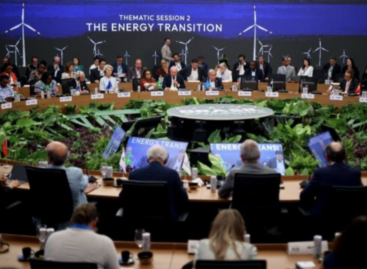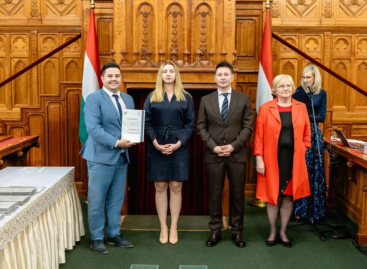Few people in Hungary are still thinking specifically about energy efficiency developments
Few people in Hungary are still thinking specifically about energy efficiency developments. Proof of this is that in the last few years we have spent a total of HUF 2,500-3,000 billion on energy*, but only less than half of this resulted in significant energy savings. Among the renovation works, insulation also brings money to the house in addition to the comfort benefits. If the subsidy is used for thermal insulation, the payback period of the invested amount will be shortened by years compared to before, thanks to the reduced overhead costs.

The new home renovation program launched in June can be used for the energetic modernization of family houses built before 1990. You can participate in the program, which can be used for house insulation, replacement of doors and windows, and modernization of hot water and heating systems, with a maximum investment of 7 million. The primary condition of the subsidy is that the property achieves primary energy savings of at least 30 percent with the investment made with it.
The situation that has developed also highlights that we must do our part to consume as little energy as possible, because the average grade of domestic new residential buildings is CC, and based on completed energy surveys, the vast majority of used residential buildings have an energy rating of CC or worse.
According to a previous, non-representative survey by Knauf Insulation, households in Hungary spend an average of 75 percent of their utility bills on heating and cooling, because in 60-70 percent of buildings, neither the roof nor the floor is properly insulated. Even though we have modern windows and doors: since the warm air rises, we lose 25 percent of the energy through the roof. Glass wool is the most commonly used type of insulation in the world. It is an excellent heat and sound insulating material, its fire protection classification is A1, i.e. it is non-combustible, it has good vapor permeability and ensures the ventilation of buildings. In high-rise roofs, it can also be used as thermal insulation between rafters and under rafters, as attic floor and partition wall thermal insulation.
Related news
LED innovation can strengthen domestic agriculture
🎧 Hallgasd a cikket: Lejátszás Szünet Folytatás Leállítás Nyelv: Auto…
Read more >As COP30 Ends, Energy Experts Say Summit Overlooked Fastest Way to Cut Energy Waste in Buildings
🎧 Hallgasd a cikket: Lejátszás Szünet Folytatás Leállítás Nyelv: Auto…
Read more >PENNY wins the Energy Efficient Company award again
🎧 Hallgasd a cikket: Lejátszás Szünet Folytatás Leállítás Nyelv: Auto…
Read more >Related news
The New Year’s Eve fireworks fair is back: temporary sales will start in department store parking lots at the end of December
🎧 Hallgasd a cikket: Lejátszás Szünet Folytatás Leállítás Nyelv: Auto…
Read more >The first Eastern European non-alcoholic beer turns 50
🎧 Hallgasd a cikket: Lejátszás Szünet Folytatás Leállítás Nyelv: Auto…
Read more >Sausage: pork prices are already going down, but they won’t be cheaper in stores – a significant correction may come in the spring at the earliest
🎧 Hallgasd a cikket: Lejátszás Szünet Folytatás Leállítás Nyelv: Auto…
Read more >






